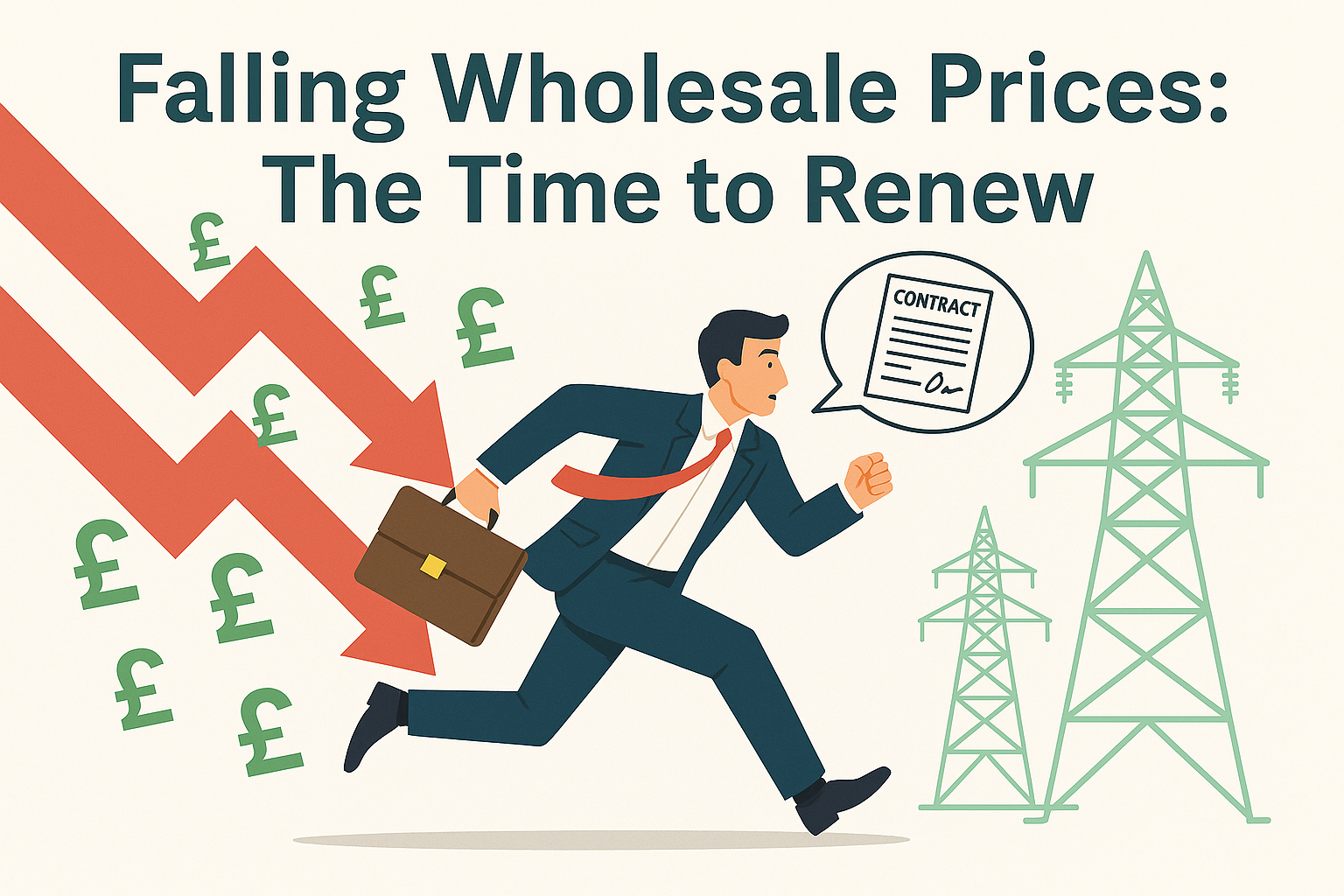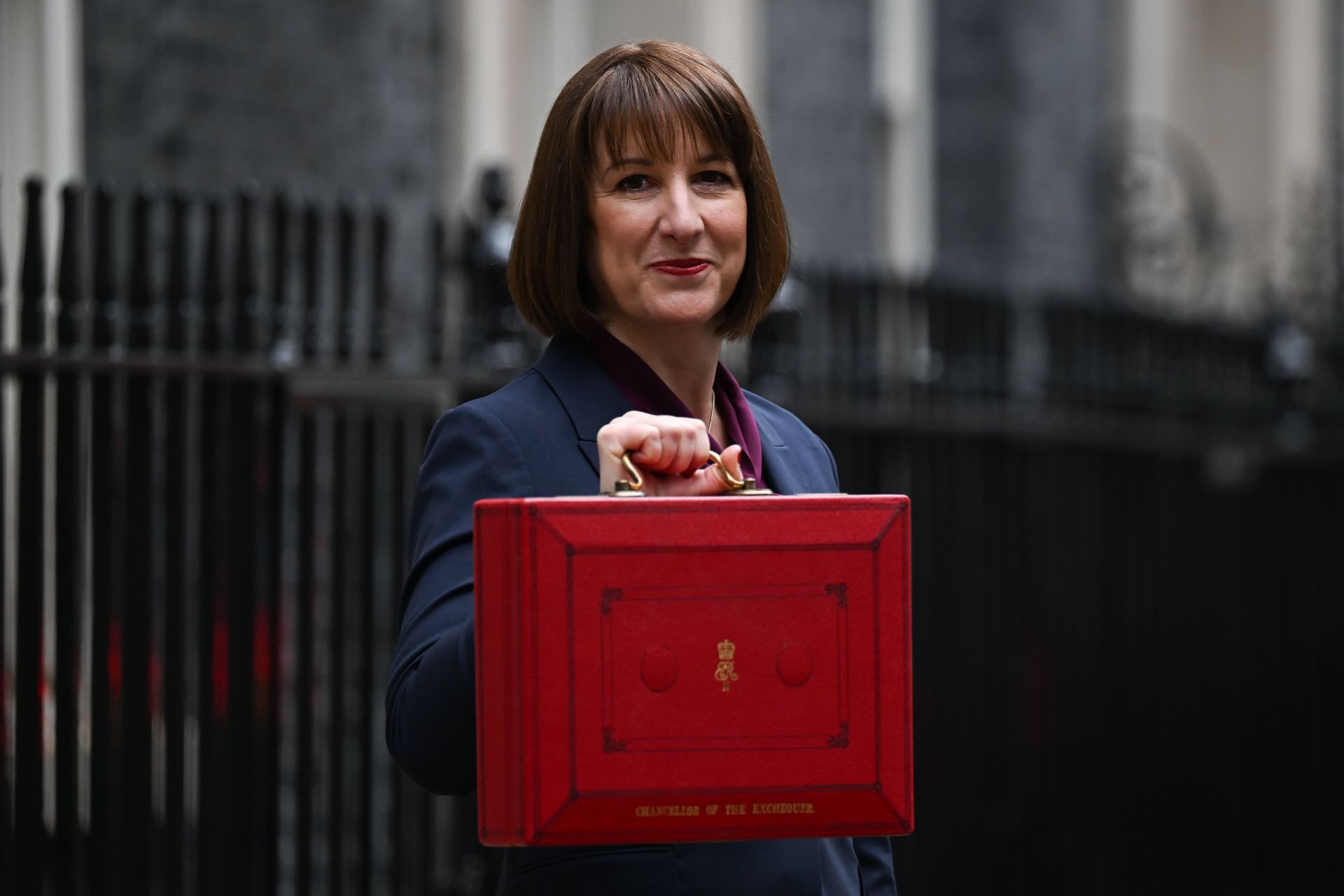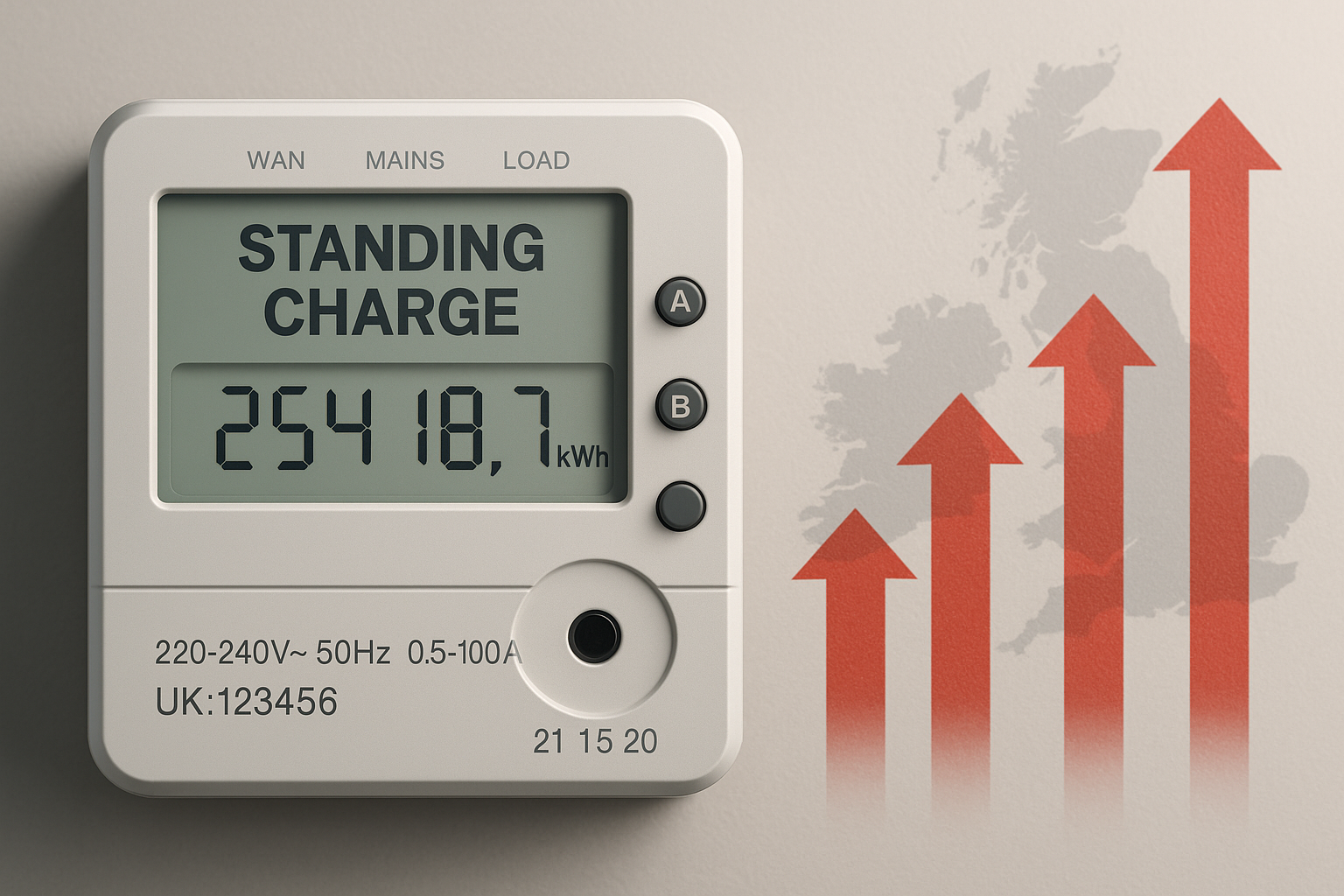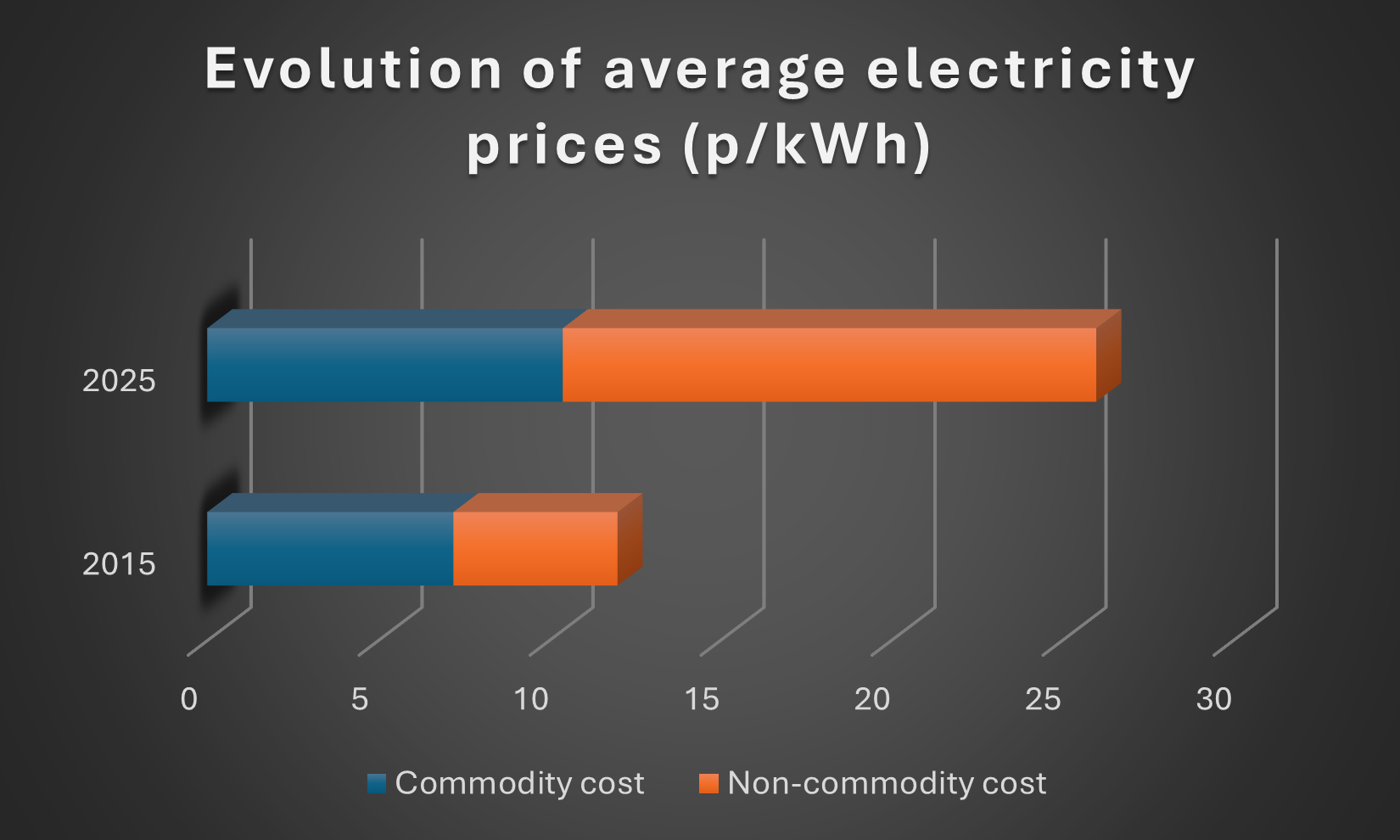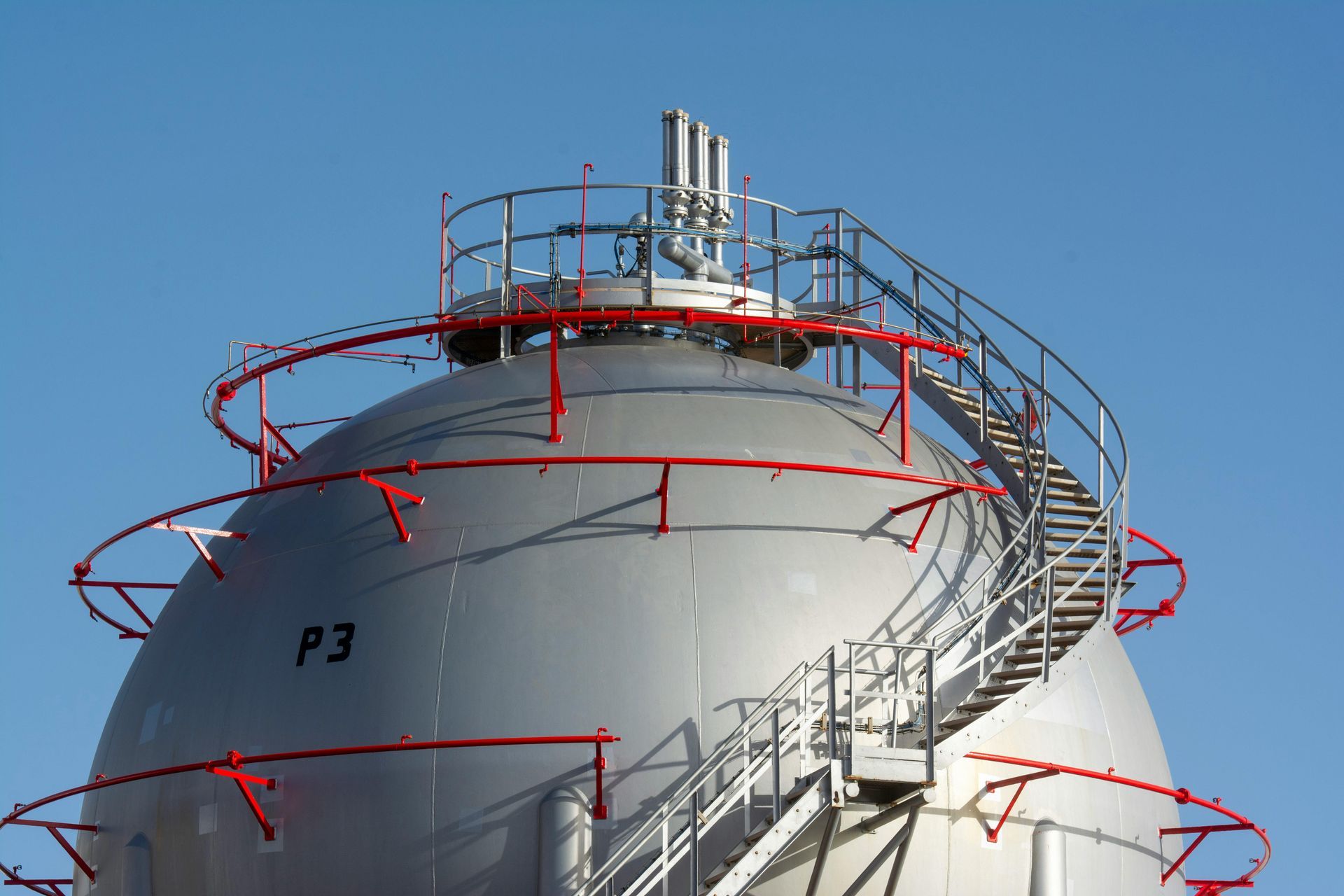How TNUoS costs are set to rise
How TNUoS costs are set to rise
As the UK pushes towards a low-carbon energy system, there has been a sharp rise in costs for businesses connected to the grid. The National Energy System Operator (NESO) has released its latest five-year outlook on Transmission Network Use of System (TNUoS) charges, and -- from April 2026 – energy costs will rise significantly to fund the country’s energy transition.
What Are TNUoS Charges?
NESO uses the funds from TNUoS charges to build, operate, and maintain the high-voltage transmission network across Britain. The forecasts for 2026/27 have indicated that NESO will be looking to almost double the revenue generated in the previous year.
While suppliers pass these charges on to both households and businesses, the scale of the increases ahead will be most acutely felt by large energy users.
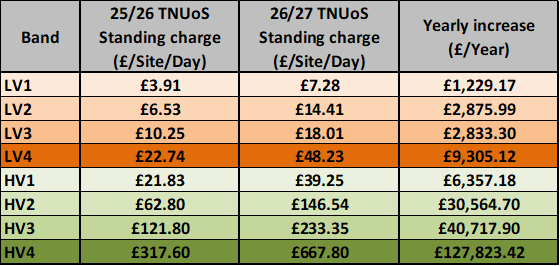
NESO’s forecast highlights steep jumps in fixed and demand-based charges:
- Standing charges will increase by between 70-140% depending on the band of the site. For a single site, that could mean paying anywhere from £1,229 to £127,823 more each year.
- Regional demand tariffs tell a mixed story. Businesses in the Midlands and South West face rises of up to 37%, while those in Eastern England and South Wales may see reductions of up to 42%.
- Overall revenue recovery is forecast to leap from £5.1bn in 2025/26 to £8.9bn in 2026/27 – a £3.8bn increase in just one year. By 2030/31, the figure is projected to hit £11.7bn.
For many energy-intensive industries, this will represent a major additional cost burden.
Why Are Charges Increasing and what does this mean for businesses?
Greater investment is required in upgrading the grid. A large part of this is due to the number of renewable energy sources that have been added to the grid in recent years, further increasing the cost of renewables to the end user.
In the last year, electricity demand has fallen at a faster-than-expected rate. This leads the same fixed costs to be spread across fewer units of consumption.
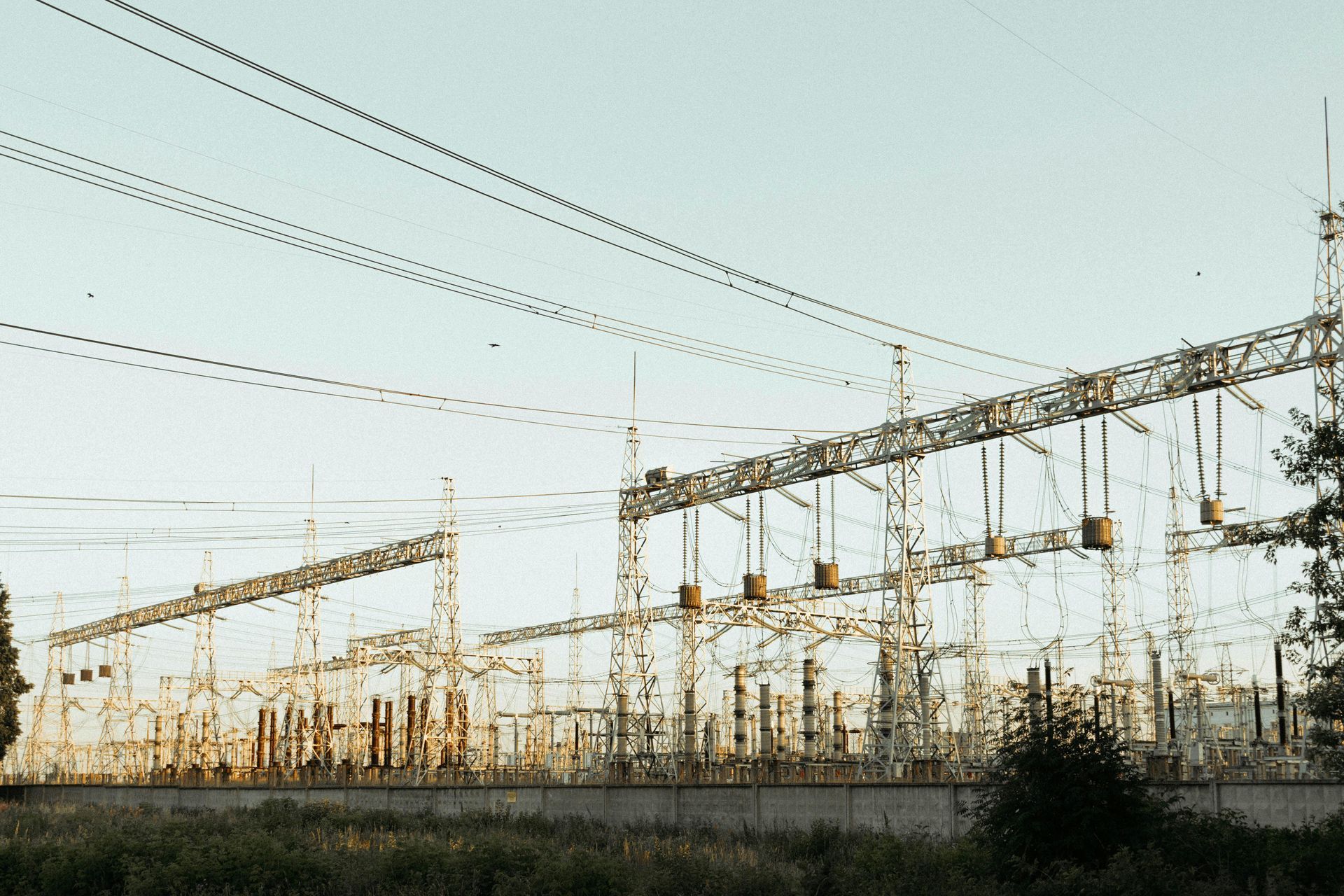
For large electricity users, TNUoS charges can make up a significant proportion of total energy spend. For a mid-sized manufacturer, TNUoS costs can already be over 5% of their total electricity bill.
With the rises for 26/27 this can increase the budgetary pressure on many businesses and have an impact on profitability.
While it is prudent for businesses to begin making budgetary adjustments based on the figures released, it won’t be until November that the draft tariffs are released, with the final tariffs set to be confirmed in January 2026.
Looking further ahead, Ofgem is reviewing reforms aimed at making TNUoS charges more predictable, better aligned with energy planning, and more effective at guiding where generation and demand connect to the grid. These changes will likely emerge later in the decade, but for now, volatility remains.
How Businesses Can Respond
Although costs are rising, there are steps businesses can take to manage their exposure:
- Ensure that your kVA capacity is not higher than it needs to be and that you are in the correct TCR Band
- Exploring on-site generation (such as solar PV or CHP) to reduce grid reliance.
- Considering battery storage or demand-side management to shift consumption away from peak periods.
If your business requires more information about how these charges will impact your sites, or if you would like a free consultation about how your energy costs can be reduced, contact us today for advice from our team of specialist advisers.
Contact Us
